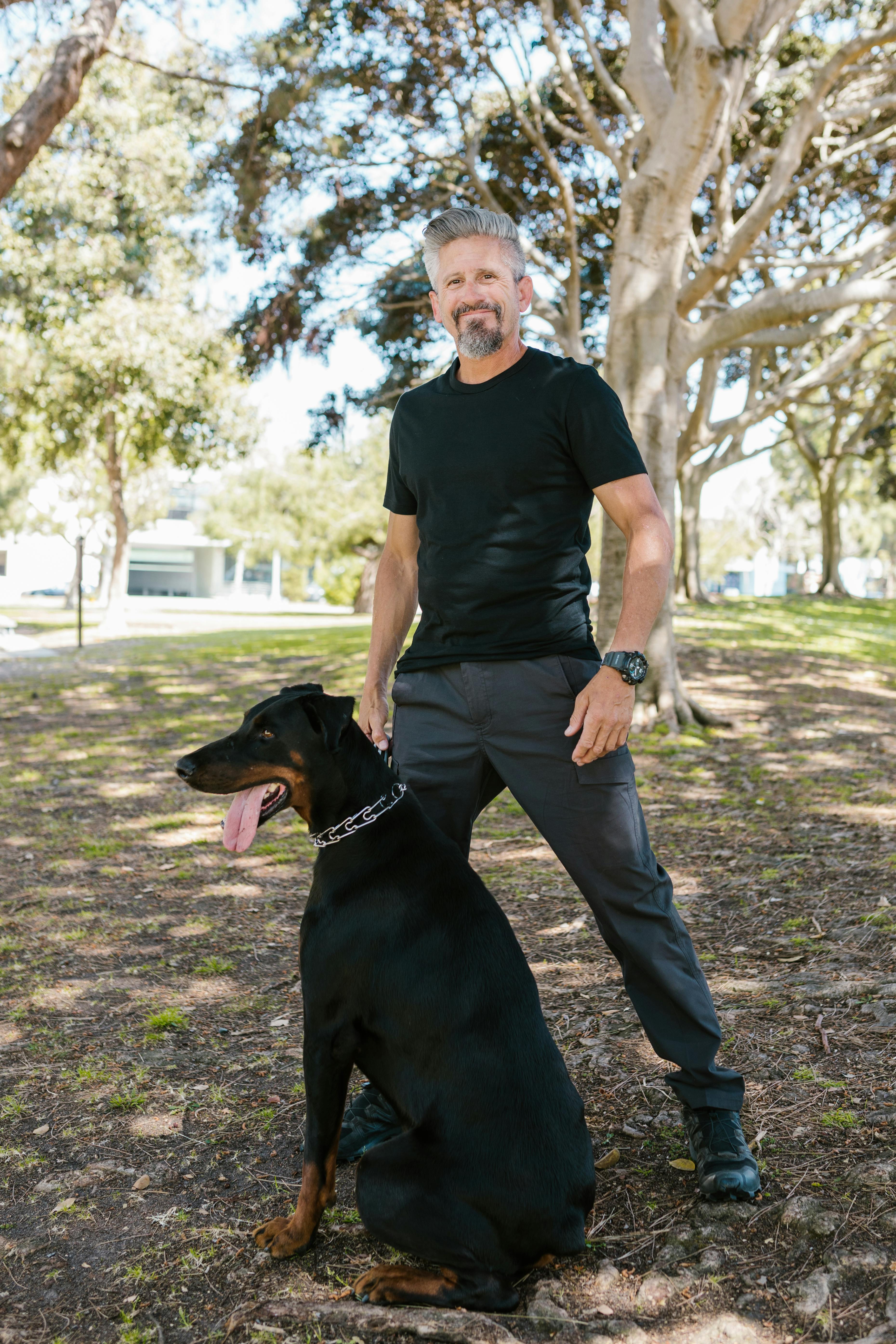Apply Now
Introduction to Your Path to Becoming a Doctor
Becoming a doctor is a noble pursuit that demands years of education, training, and dedication. As we look towards 2025, it’s essential to understand the various components of this journey, including the time and effort required to navigate the pathways from undergraduate education to medical school and eventually to specialization. This article presents an overview of the effective ways to become a doctor, including the duration of each educational phase, requirements, and tips to enhance your chances of success.
Doctors play a vital role in society, being responsible for diagnosing and treating illnesses while fulfilling an essential function in maintaining community health. The journey to becoming a physician is flowing with challenges and rewards, appealing to those with a passion for helping others. Understanding how long it takes to become a doctor can help you set realistic expectations and prepare adequately for this demanding career path.
In this article, you can expect to learn about the total years to become a doctor, the medical school duration, residency training length, and the pathways involved in advancing your medical career. With insights on critical milestones like medical school acceptance processes and the importance of networking, readers will be equipped with effective strategies for success. Let’s take a closer look at the journey to becoming a physician.
Understanding the Academic Foundations for Medical School
Building a robust foundation is essential before you even step foot in medical school. Understanding the undergraduate education time, pre-med coursework duration, and the significance of GPA for medical school will set the stage for your success.
The Importance of Undergraduate Education
Before applying to medical school, aspiring doctors must complete an undergraduate degree, typically taking four years. Most medical schools prefer Bachelor’s degrees in the sciences; however, it’s possible to gain admission with degrees in other fields, provided you take the necessary pre-med courses. The importance of a strong GPA cannot be overstated as it has a considerable impact on medical school acceptance.
Pre-Med Coursework Duration
Pre-med coursework generally includes classes in biology, chemistry, physics, and mathematics along with other elective subjects. This part of your education typically takes two years, and successful completion is crucial for a competitive application. Students must also consider additional requirements, such as volunteering or gaining clinical experience, which can further enhance their profile.
The Medical School Application Timeline
The medical school application process typically begins a year before medical school starts. Understanding the timeline, including when to take the MCAT, deadlines for applications, and interviews, is crucial. Many students also underestimate the value of adopting a proactive approach, through networking and securing mentorship within the healthcare field, during this period.
Building on these fundamentals, the next step in the journey is medical school, where intense study and training begin.
Medical School Duration: Understanding Your Time Commitment
Medical school is where the majority of your medical education takes place, spanning typically four years. It is essential to grasp the responsibilities and demands of this essential phase in the journey to becoming a doctor.
Curriculum Overview
In the first two years, medical students engage primarily in classroom-based learning, delving deep into basic medical sciences—anatomy, biochemistry, and pharmacology, to name a few. The curriculum demands deep focus, and students must develop excellent study habits to thrive, engaging in extensive readings and collaborative learning groups.
Clinical Rotations Time
The last two years of medical school transition students into clinical rotations, providing firsthand patient care experience. These rotations are critical, allowing you to apply theoretical knowledge in a real-world setting, enabling you to understand various medical specialties. Engaging with diverse patient populations during clinical rotations not only enhances clinical skills but also helps in determining your preferred specialty.
Preparing for Medical Board Exams
As you near the end of medical school, preparation for board exams, such as the USMLE, becomes vital. Solid preparation requires a thorough understanding of the material and good study planning. Many students seek study groups and resources to maximize their chances of passing these critical licensing exams.
With a firm grasp of medical school, the next stage goes beyond the classroom, focusing on residency training.
Residency Training Length: The Next Phase of Your Journey
Completing medical school is just the beginning of your training — residency programs prepare you for independent practice. This section will explore the duration of residency training and how to navigate this demanding phase.
Understanding Residency Program Duration
Residency lengths can vary widely depending on the chosen specialty. Most residency programs last between three to seven years. For instance, family medicine typically requires three years of training, while surgical specialties may extend to five years or more. Understanding these timelines helps in planning your career trajectory effectively.
Factors Influencing Specialty Choice
Choosing a specialty is one of the most challenging decisions you will make during your medical career. Factors such as personal interest, work-life balance, workload expectations, and mentorship opportunities all play a role in influencing your decision. Continuous reflection throughout your training can help you identify the best fit.
Residency Application Process and Networking
The residency application process can be competitive. Understanding how to prepare an exemplary application, the importance of recommendation letters, and how to excel during interviews can significantly impact your success. Networking within the medical community can lead to opportunities and mentorship that will benefit your application.
As you consider residency, it is also crucial to think about the next step: fellowship training, which may further your expertise in a specialized field.
Fellowship Training and Specialties
After completing residency, some physicians choose to enter a fellowship program, further honing their skills in subspecialties. This section discusses the importance of fellowship training and the implications for your medical career.
Fellowship Training Duration
Fellowships can last anywhere from one to three years, depending on the field of specialization, such as cardiology or surgical subspecialties. This additional training allows physicians to gain in-depth knowledge and skills that are crucial for advanced practice and often contribute to improved patient outcomes.
Choosing a Medical Specialty
As you approach the end of your residency, it's time to consider subspecialty options. Conducting thorough research on the available specialties, including job prospects, lifestyle implications, and demand in the healthcare market, is essential in making this pivotal decision. Mentorship from experienced professionals is invaluable at this stage.
The Importance of Continuing Medical Education
After completing fellowship training, it’s important to stay current with continuing medical education (CME) requirements, ensuring that you are always updated with the latest in medical research and practices. Engaging actively in CME activities is crucial for maintaining board certification and competency in your specialty.
Transitioning from fellowship, understanding the medical licensing process is essential for a successful career.
Navigating the Medical Licensing Process
Obtaining a medical license is indispensable for practicing medicine legally. This section covers aspects of the licensing process, including the challenges that may arise.
Steps to Achieve Medical Licensing
The medical licensing process typically involves passing the necessary board exams and fulfilling the requirements set forth by your state's medical board. Preparing for these exams requires understanding the components and sufficient study time to ensure success.
Challenges in the Licensing Process
Challenges like scheduling conflicts, document submissions, and potential delays can disrupt your timeline for licensure. It’s essential to stay organized, seek guidance from mentors who've navigated the process, and be prepared for unexpected obstacles.
Understanding the Healthcare Job Market Outlook
As you complete your licensing process, it is vital to consider job prospects in your chosen specialty. Understanding the healthcare job market outlook, including supply and demand trends for physicians and factors affecting job availability, will aid your career planning and decisions.
In summary, understanding the effective ways to become a doctor involves insight into the educational requirements, the time commitment necessary, and the various pathways to realize your career goals.


Q&A: Common Questions About the Path to Becoming a Doctor
1. How long does it typically take to become a doctor?
The average time to become a doctor is around 11 to 15 years, depending on the chosen specialty and any fellowship training pursued.
2. What is the residency application process like?
The residency application process involves submitting applications through ERAS, securing letters of recommendation, and preparing for interviews.
3. What are some tips for surviving medical school?
Maintaining a balanced life through effective time management, prioritizing mental health, and developing effective study techniques are critical for success in medical school.
4. Are there options to specialize after completing medical school?
Yes, after completing residency, physicians can choose to enter a fellowship, allowing them to focus on subspecialties.
5. What are the continuing education requirements for doctors?
Continuing medical education (CME) requirements vary by state, but physicians must complete a specified number of CME credits regularly to maintain licensure.
Its part of generated content. Can i generate another part?


